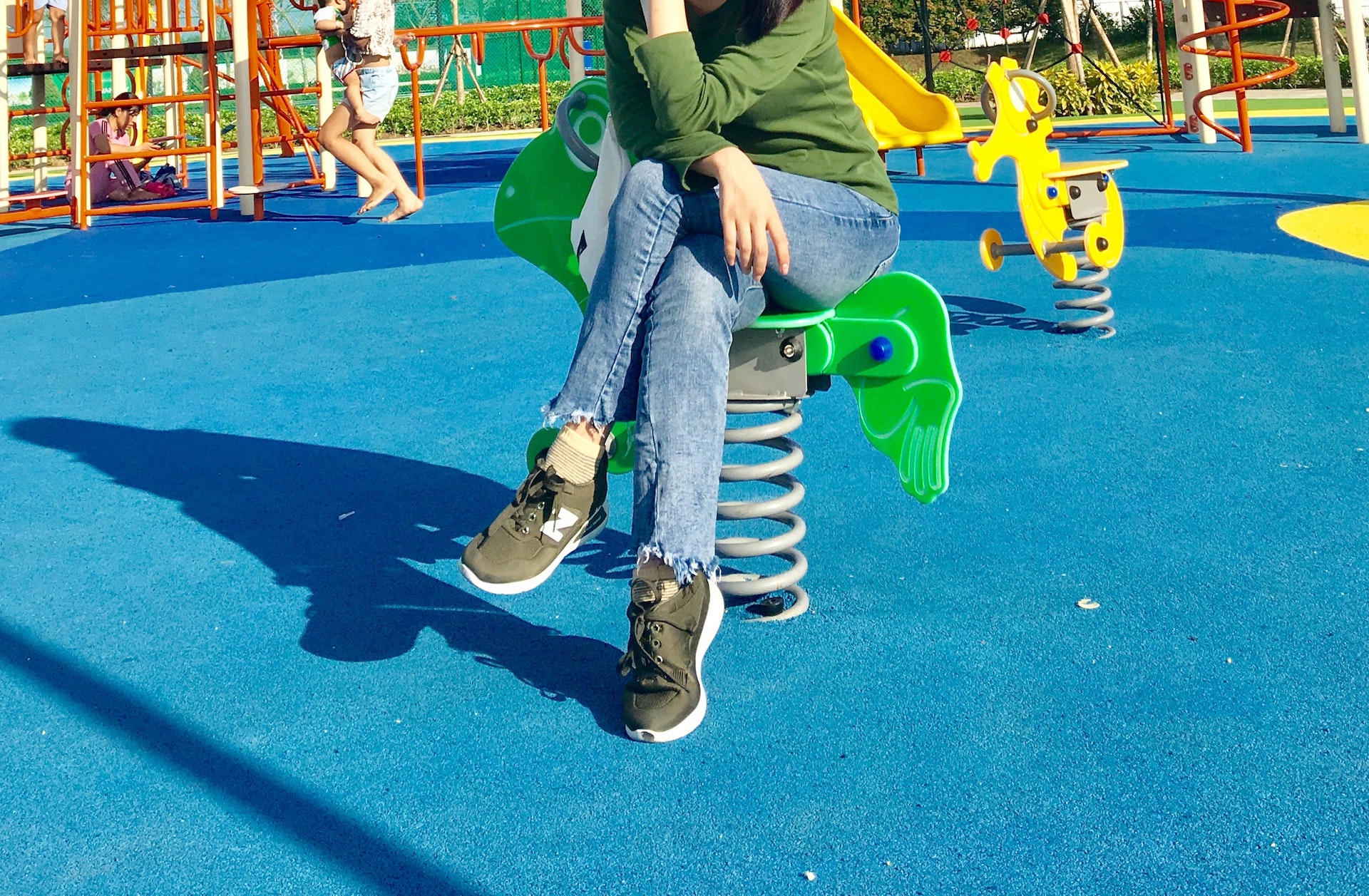No. 68: Install recycled rubber playground surfaces
No. 68: Install recycled rubber playground surfaces
Number 68
Recycled rubber playground surfaces offer environmental and financial benefits for schools. They are made from recycled tires, reduce waste and landfill use, and are cost-effective. The surfaces also provide a safe and durable play area for children.
As schools aim to create a more sustainable environment, they are considering eco-friendly options for their facilities. One area of focus is playground surfaces, as traditional surfaces like asphalt and concrete are not only hard and potentially dangerous for children but also have a negative impact on the environment. Recycled rubber playground surfaces have emerged as an excellent alternative that offers numerous benefits.
Recycled rubber playground surfaces are made from used tires and are available in various colors and styles to match any playground’s design. Apart from being visually appealing, these surfaces offer a wide range of benefits to schools, such as being environmentally friendly, durable, and cost-effective.
One major benefit of using recycled rubber playground surfaces is their environmental impact. Millions of used tires end up in landfills each year, where they can take up to 80 years to decompose. By using these tires to create playground surfaces, schools can help reduce the number of tires that end up in landfills. Additionally, these surfaces are made using non-toxic materials, which means they do not release harmful chemicals into the environment.
Recycled rubber playground surfaces are also durable and require little maintenance. These surfaces can last up to 20 years with minimal maintenance, such as regular cleaning and inspections. As a result, schools can save money on repairs and replacements over the long term.
Moreover, these playground surfaces can provide a safer environment for children. Traditional playground surfaces like asphalt and concrete are hard and can cause serious injuries if a child falls. Recycled rubber surfaces, on the other hand, provide cushioning, which can reduce the risk of injury. Furthermore, these surfaces are slip-resistant, making them safer in wet conditions.
In addition to being environmentally friendly and safe, recycled rubber playground surfaces can also be cost-effective. These surfaces are often cheaper than traditional playground surfaces and require less maintenance. Schools can save money on repairs and replacements over the long term, and the initial investment can be quickly recouped.
According to research, the cost of traditional playground surfaces ranges from $3 to $8 per square foot, while the cost of recycled rubber playground surfaces ranges from $7 to $15 per square foot. However, because recycled rubber surfaces require less maintenance and last longer, they can save schools money over time.
In conclusion, recycled rubber playground surfaces are an excellent choice for schools looking to create a sustainable environment. These surfaces offer numerous benefits, including being environmentally friendly, safe, durable, and cost-effective. As schools seek to reduce their environmental impact and provide safe and engaging spaces for students to play, using recycled rubber playground surfaces is an excellent option to consider.
Citations:
- ECO Green Equipment. (2021). How is Recycled Rubber Used in Playground Surfaces? ECO Green Equipment. Retrieved from https://ecogreenequipment.com/how-is-recycled-rubber-used-in-playground-surfaces/.
- Aacer Flooring. (2019). Playground Surface Options. Aacer Flooring. Retrieved from https://aacerflooring.com/playground-surface-options/.
- Playsafer, LLC. (n.d.). The Pros and Cons of Recycled Rubber Playground Tiles. Playsafer, LLC. Retrieved from https://www.playsafer.com/pros-and-cons-recycled-rubber-playground-tiles/

All 100 ideas in one, easy to share ebook. Download now and start helping your school be its best version of itself...
Downloaded over 17,000 times!

More ways to make a difference, now!
No. 98: Install low-VOC carpets and flooring
Number 99 Carbon-negative flooring materials, such as bamboo and cork, can have environmental and financial benefits for schools. These materials have a low carbon footprint and can help reduce energy consumption and maintenance costs. Additionally, they are durable...
No. 50: Encourage cool clothing in hot weather & reduce AC
Number 50 This article discusses the environmental and financial benefits of encouraging cool clothing in hot weather and reducing AC usage in schools. Experts recommend the use of energy-efficient fans and designing buildings with natural ventilation. As the...
No. 52: Consider switching to geothermal heating systems
Number 52 This article discusses the environmental and financial benefits of switching to geothermal heating systems in schools. Geothermal energy can provide a sustainable and cost-effective heating solution while reducing carbon emissions. It also includes data and...





